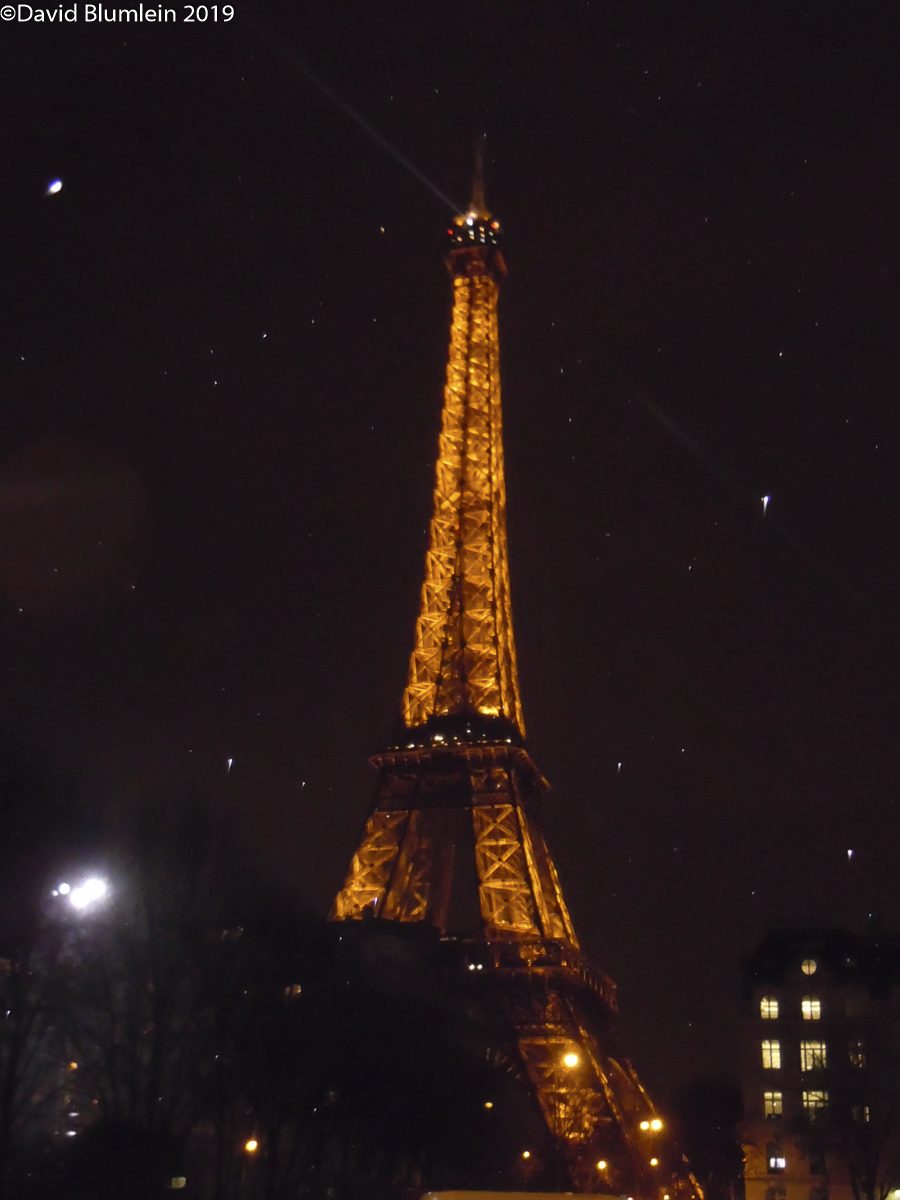
Paris in February is a cold and grey place but for those of us who appreciate the automobile there is a hot spot to be found at the Porte de Versailles, within the halls of the Paris Expo. I refer, of course, to the Rétromobile, a cornucopia of motoring excellence from all points of the compass. The Special Correspondent patrolled the aisles and uncovered these treasures for your appreciation.
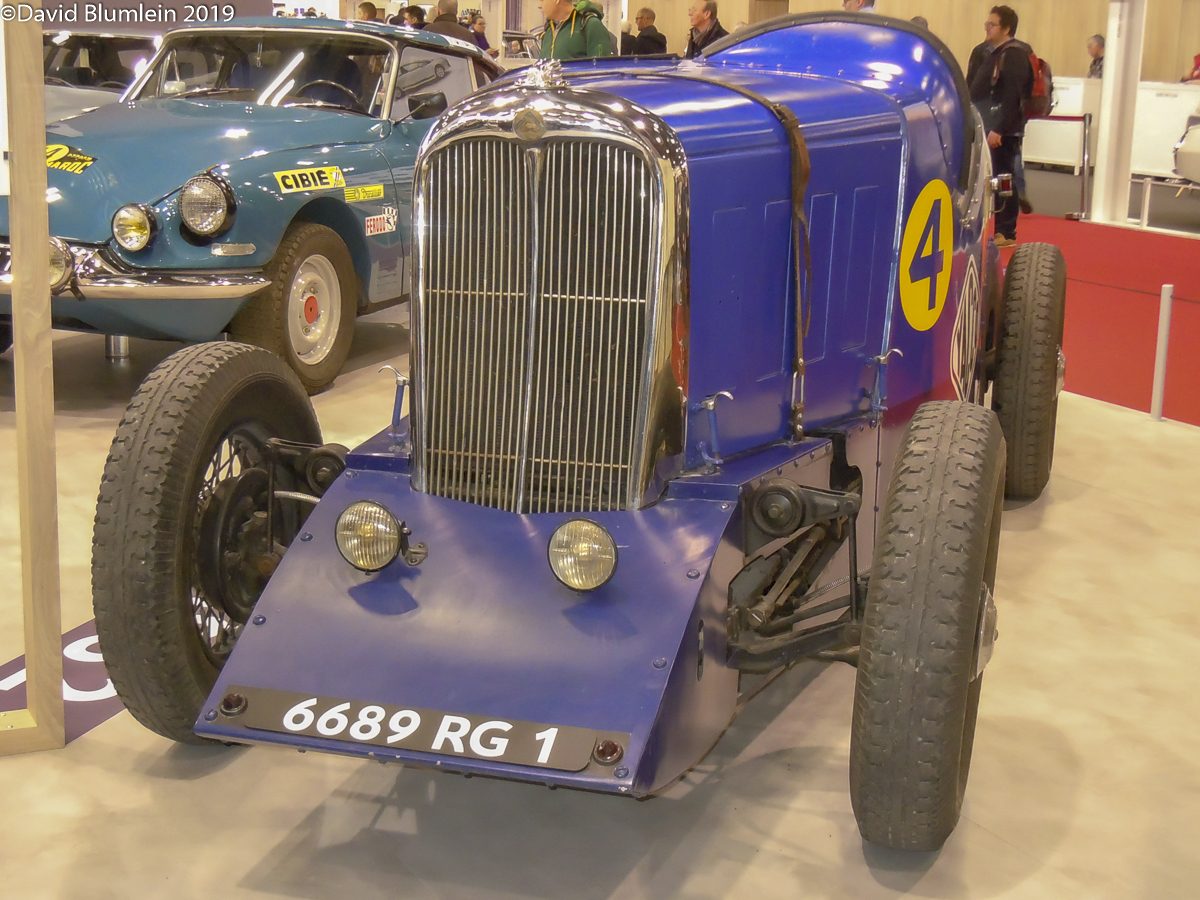
In 1931 the oil company Yacco was seeking to obtain publicity for its products and bought a Citroën C6F with which to tackle long distance records at Montlhéry using its oils. Re-clothed in an aerodynamic body in aluminium, this car, baptised “Rosalie” after Sainte Rosalie, went on to attain 14 international records.
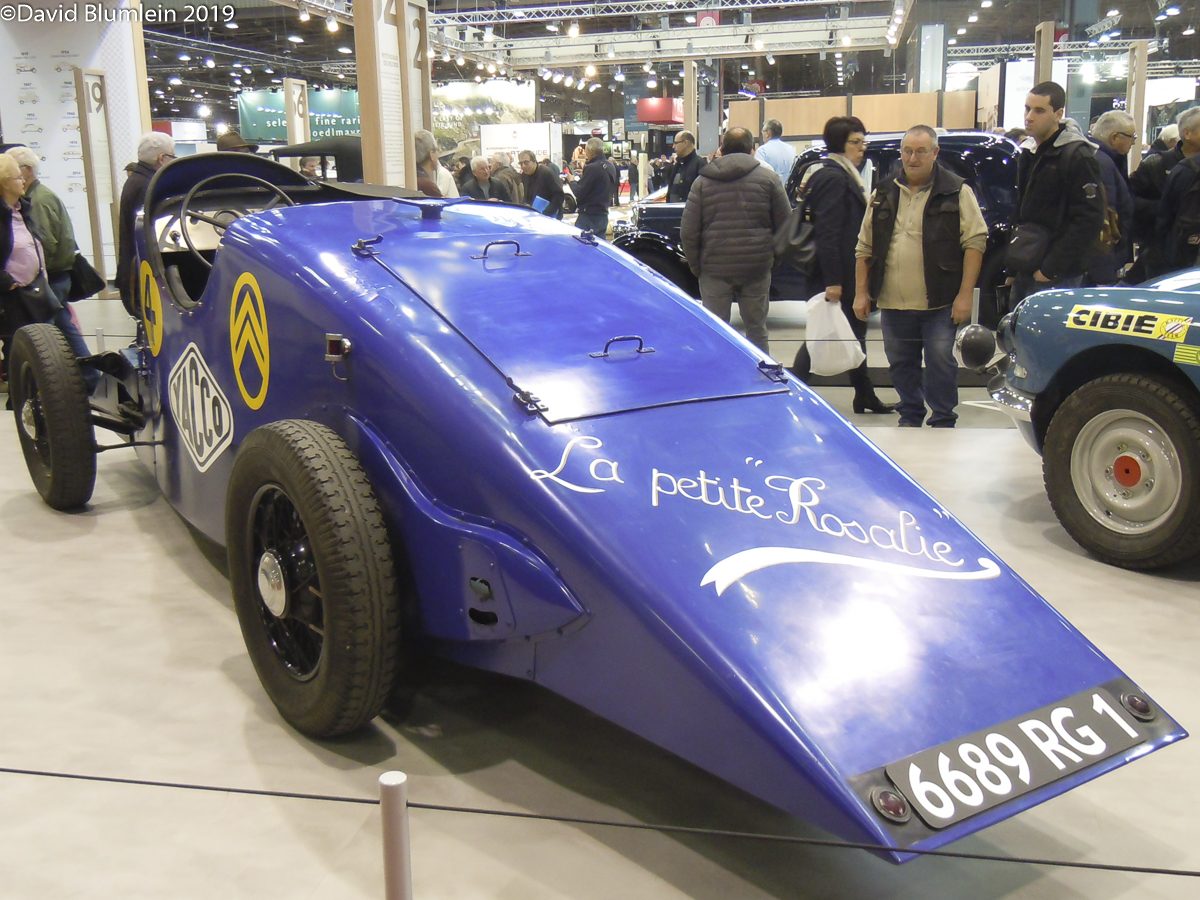
The Citroën-Yacco team returned to Montlhéry in 1933 with a special version of the 8CV model. Known as the “Petite Rosalie”, this car covered 300,000 kilometres at an average of 93 km/hr
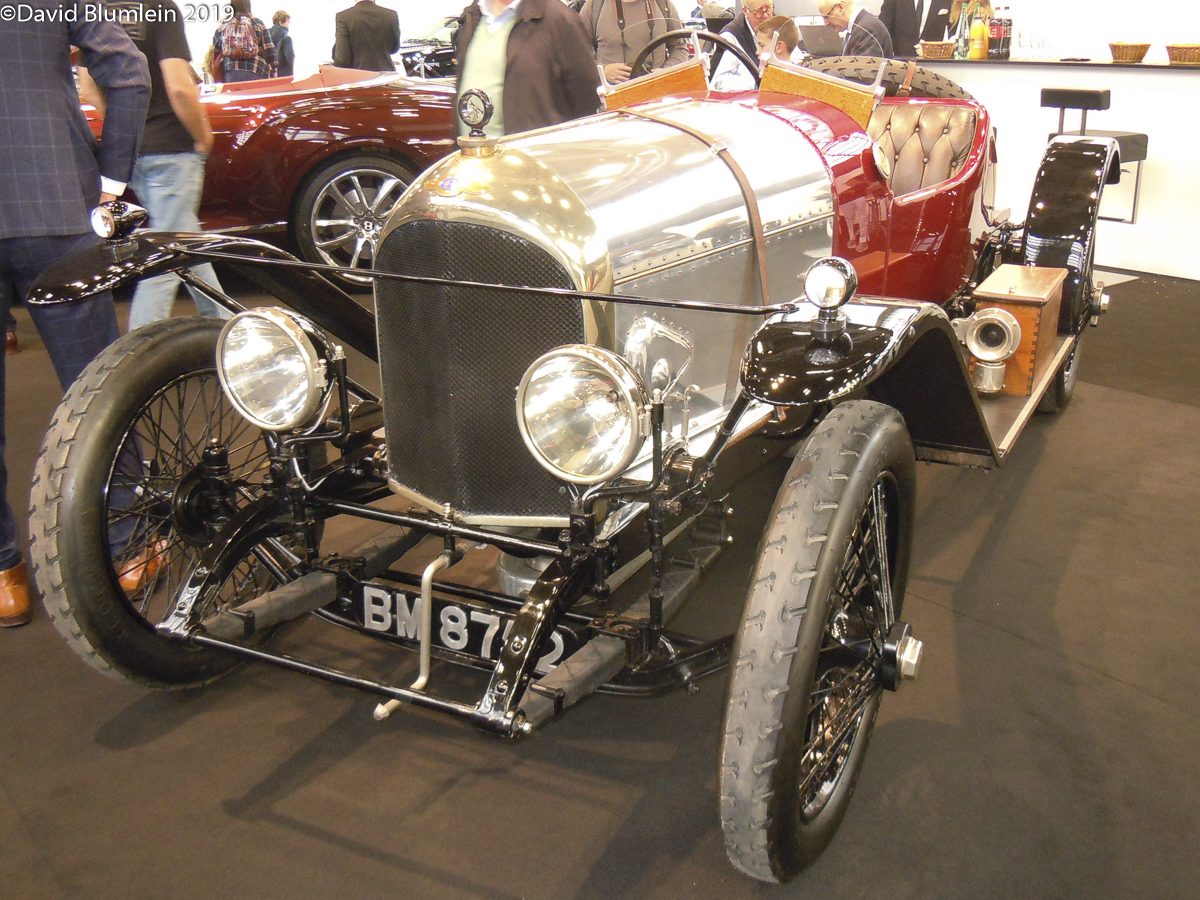
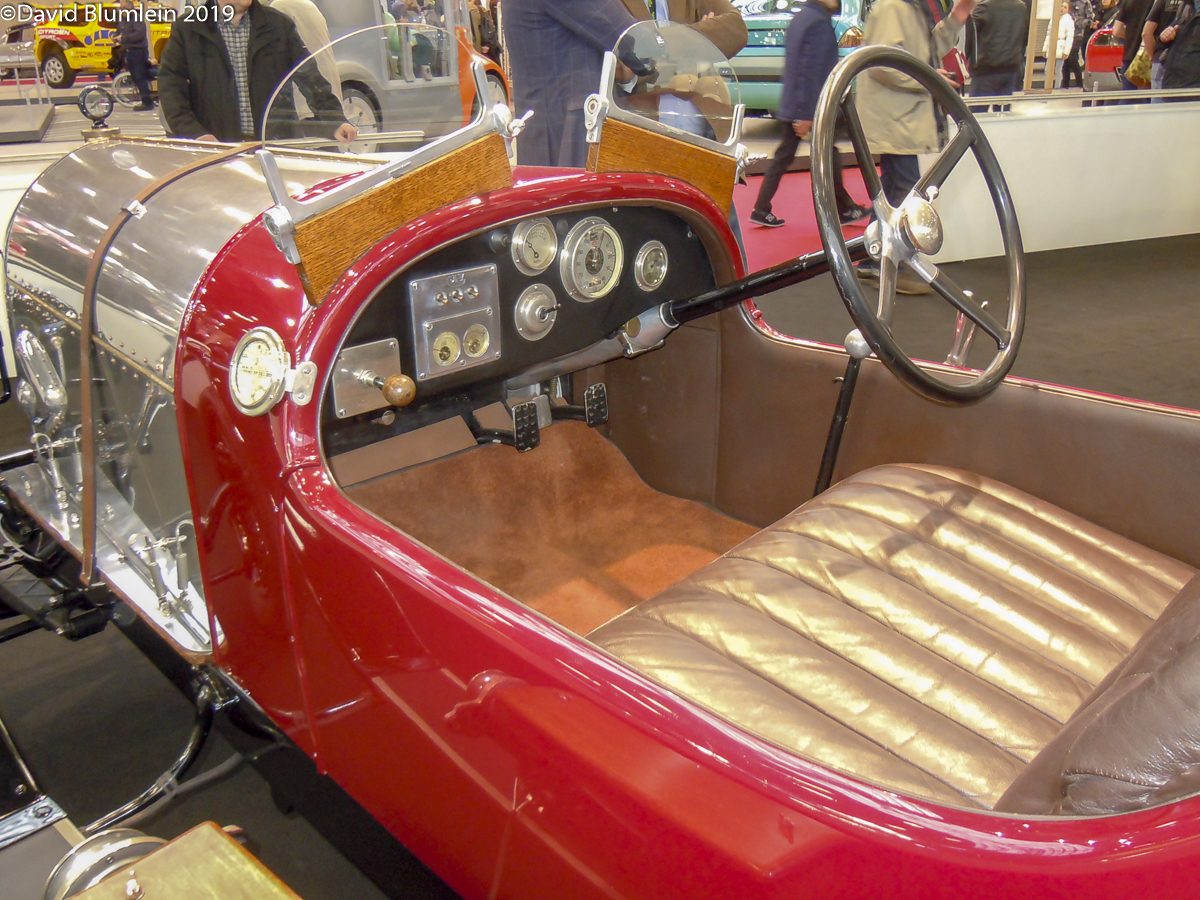
This is the second prototype Bentley and the oldest surviving Bentley. Known as EXP2, it is the first Bentley to win a race, having crossed the line the winner of the Whitsun Junior Sprint Handicap at Brooklands on 16 May 1921 with F.C. Clement at the wheel.
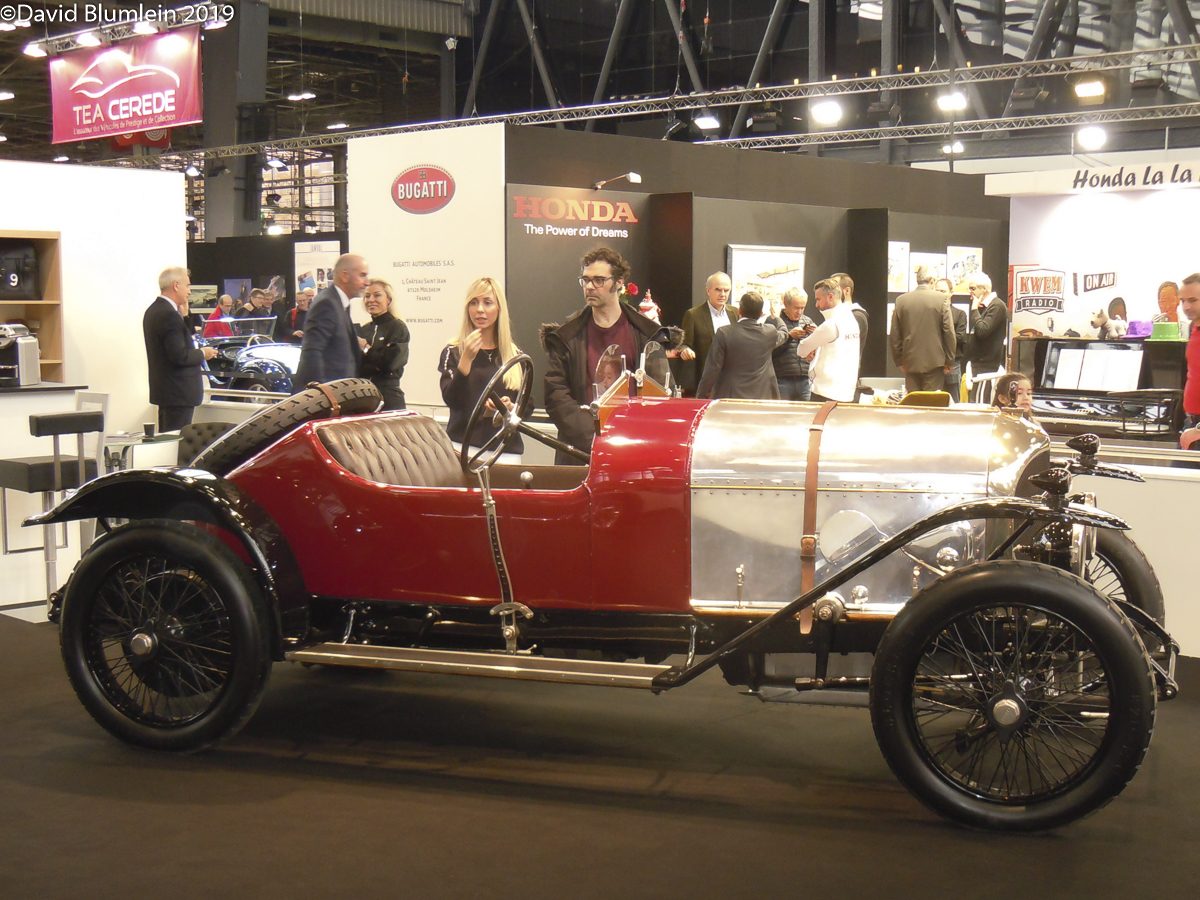
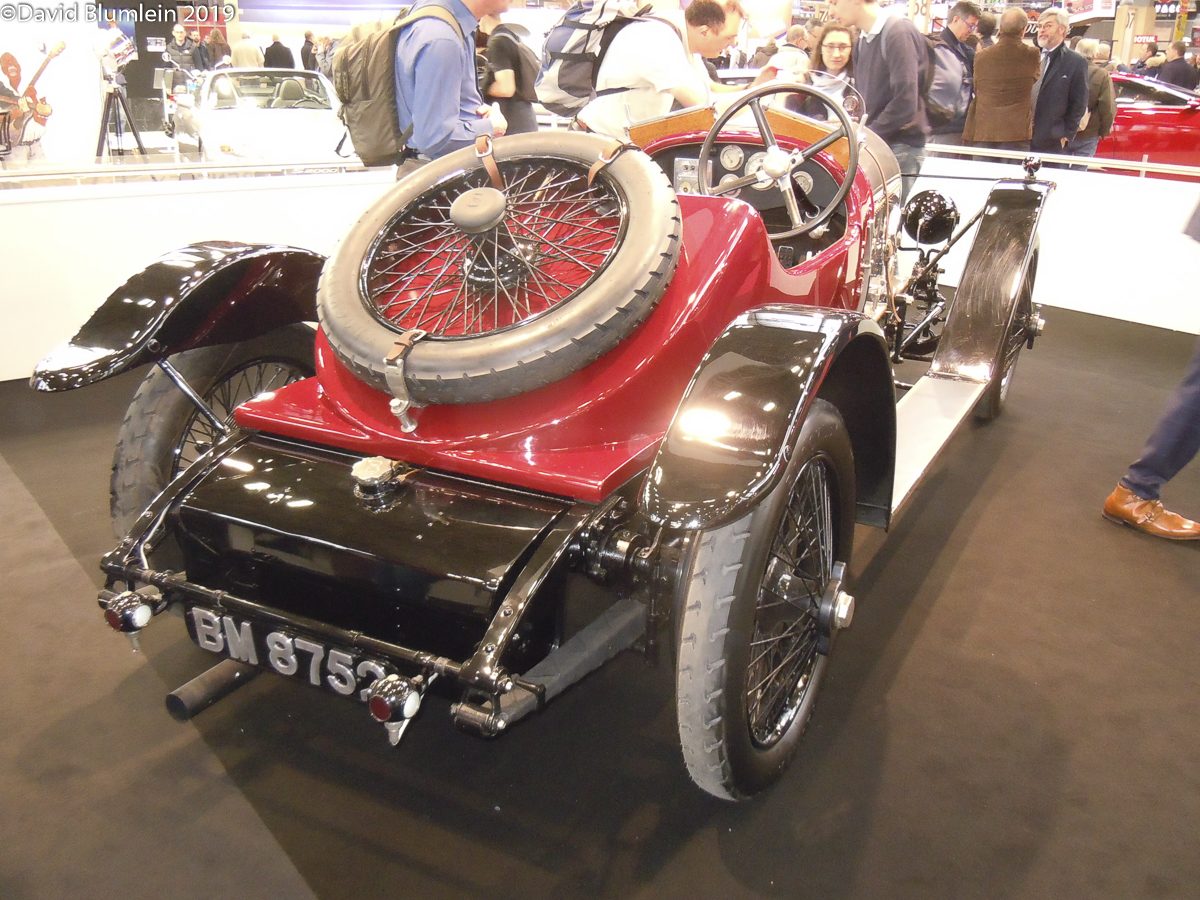
It was eventually used as a practice car for the 1922 Tourist Trophy in the Isle of Man.
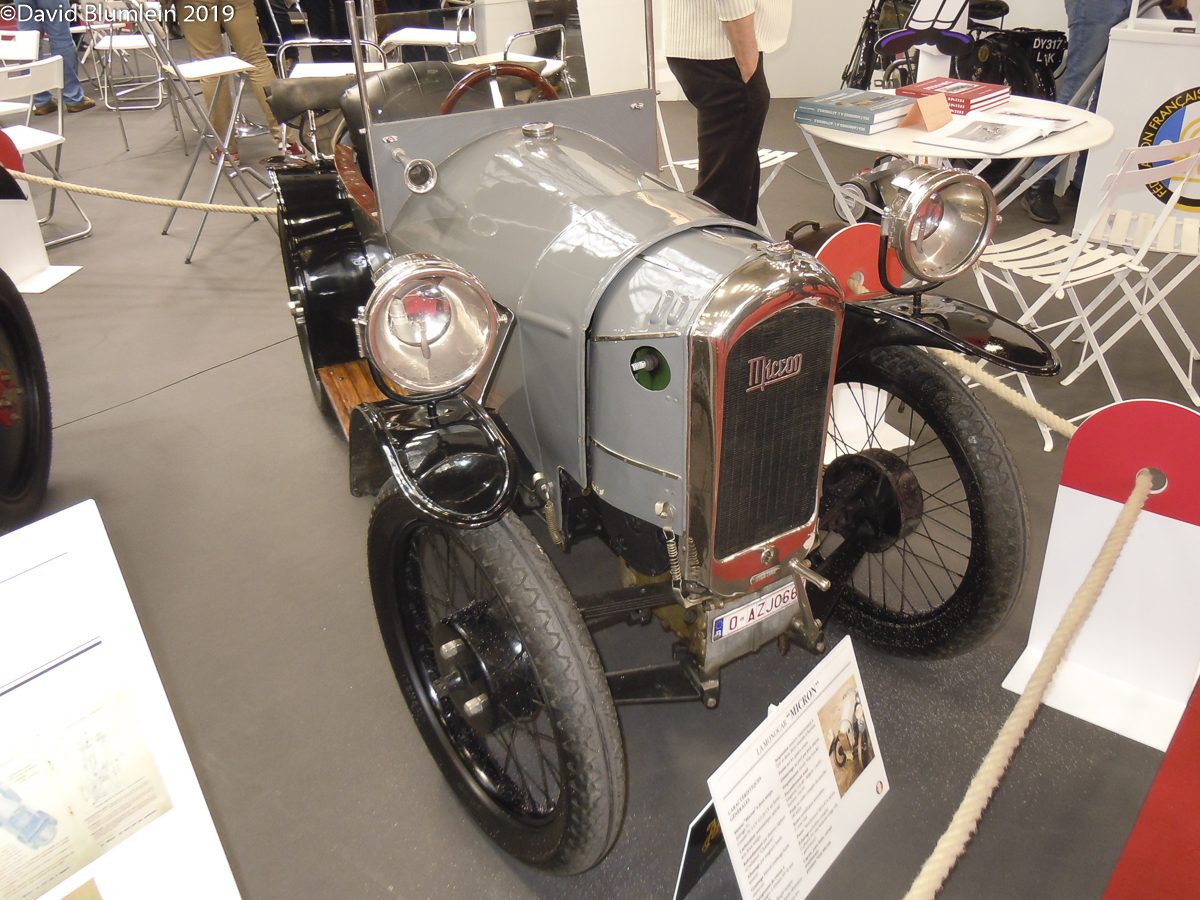
Very rare indeed is this Micron cyclecar, the nose of which seems to steer with the wheels! Made in Toulouse by Henri Jany, it had front wheel drive and used single –cylinder engines of either 350 or 500 c.c. Its claim to fame was that four of them were entered for and successfully completed the Bol d’Or, Europe’s very first 24 hour race.
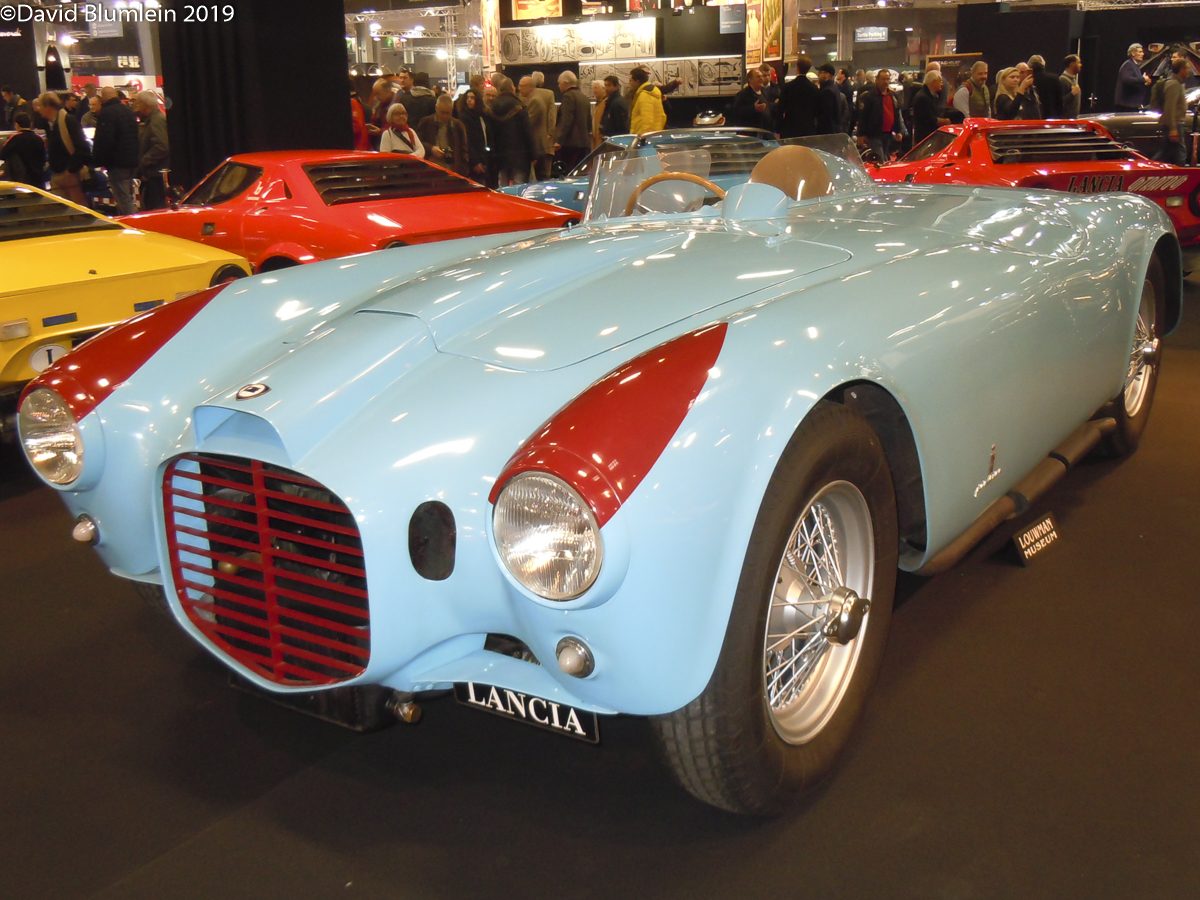
In 1953 Lancia introduced their first proper sports racing car, the D20 Coupé. This scored a third place in the Mille Miglia and won the Targa Florio but persistent cockpit heat caused Lancia to make a spyder- bodied version, the D23.
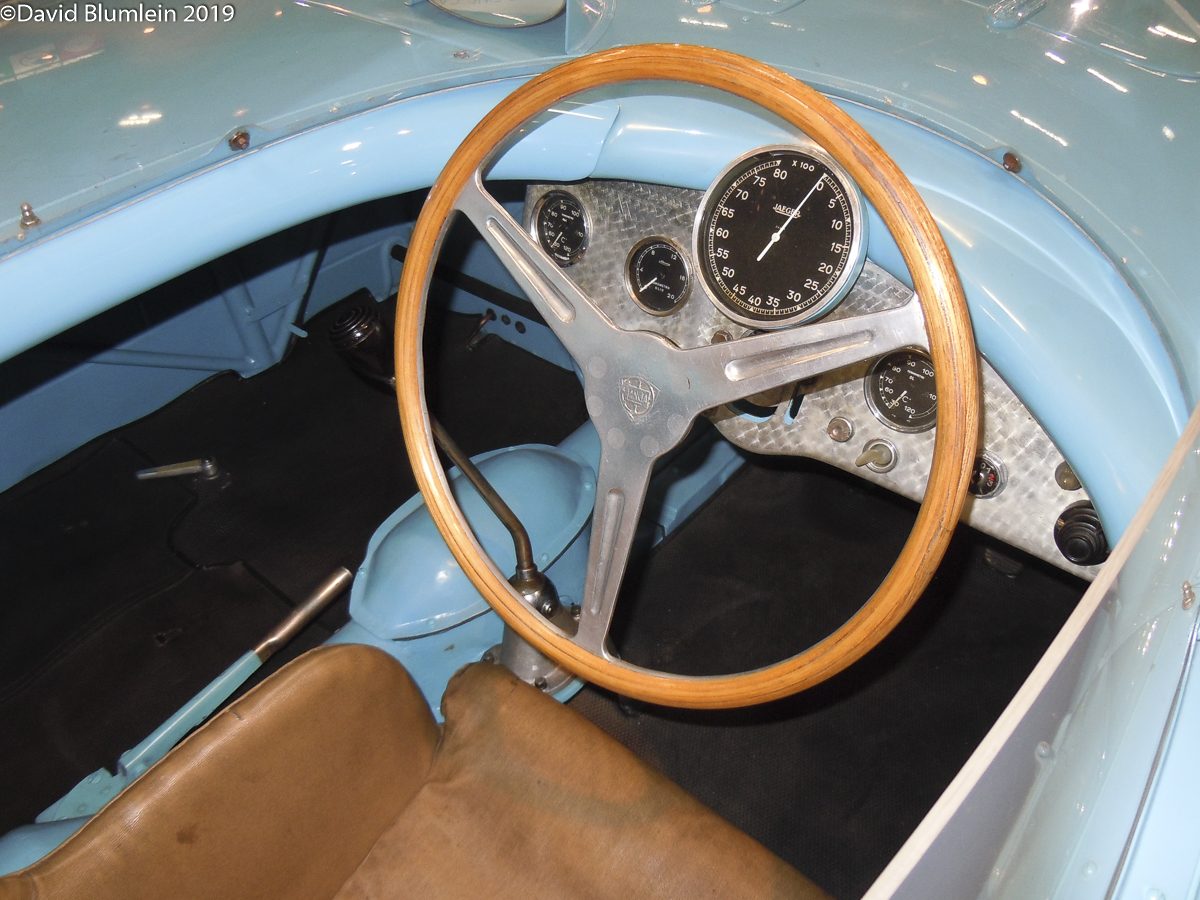
Painted pale blue, this model first appeared at the Gran Premio dell’ Autodromo di Monza at the end of June. This was a race for sports cars of up to 3-litres capacity and Felice Bonetto finished 2nd to Villoresi’s Ferrari in this actual car, which is chassis 0002.
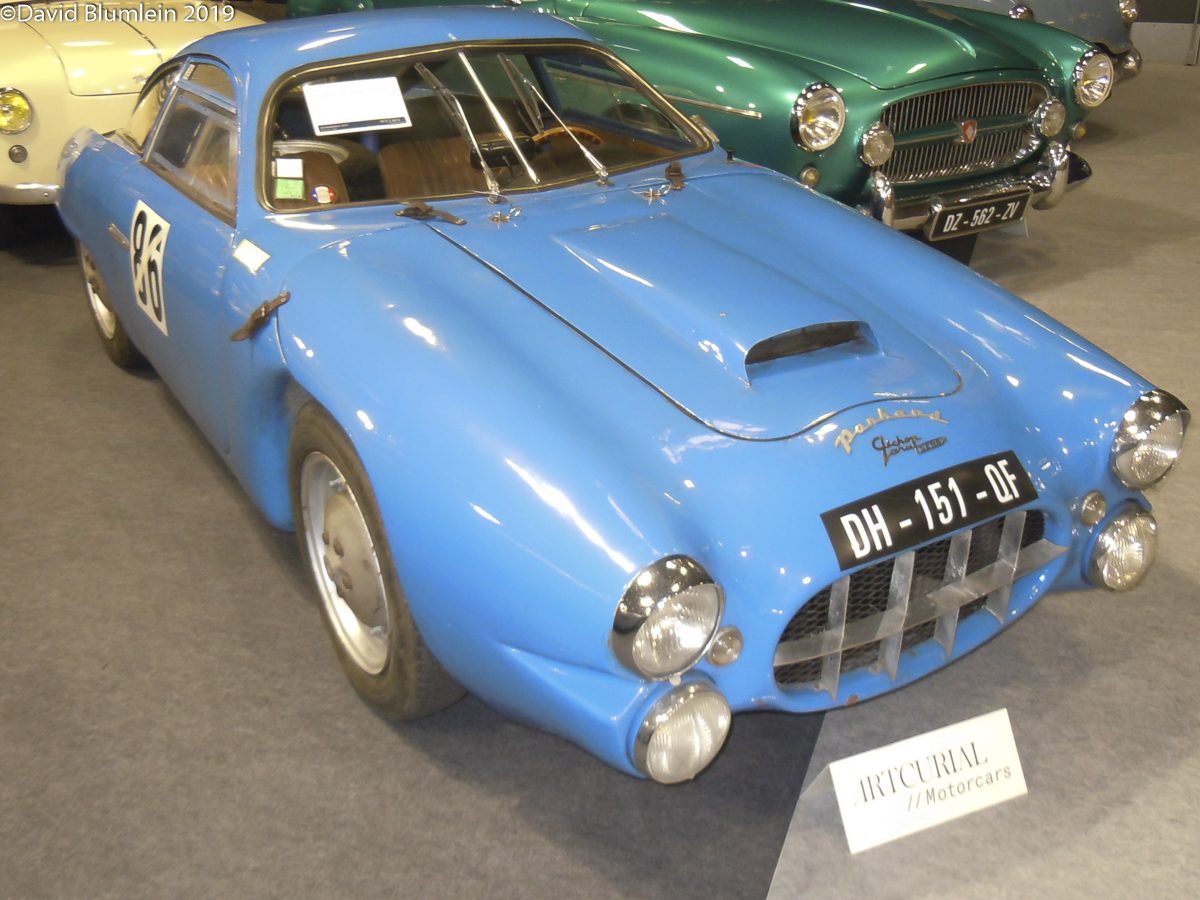
Bernard Pichon and André Parat formed in the late Forties a coach building company at Sens. Initially they modified production cars, especially the Ford Vedette. Having made a fixed head coupé on the Panhard Dyna Junior, they introduced a more sporting “berlinette” based on the Dyna chassis, the first example being shown on their stand at the 1953 Salon de Paris. Much lower and lighter, the body was made of Duralinox and the model was known as the “ Dolomites”. Some 20-30 of these Panhard Pichot-Parat Dolomites were produced between 1953 and 1957 and sporting successes were achieved, for example, Bernand Consten and Pichot came 5th in the 1956 Rallye des Routes du Nord.
The example shown is a 1954 model with the earlier split windscreen.
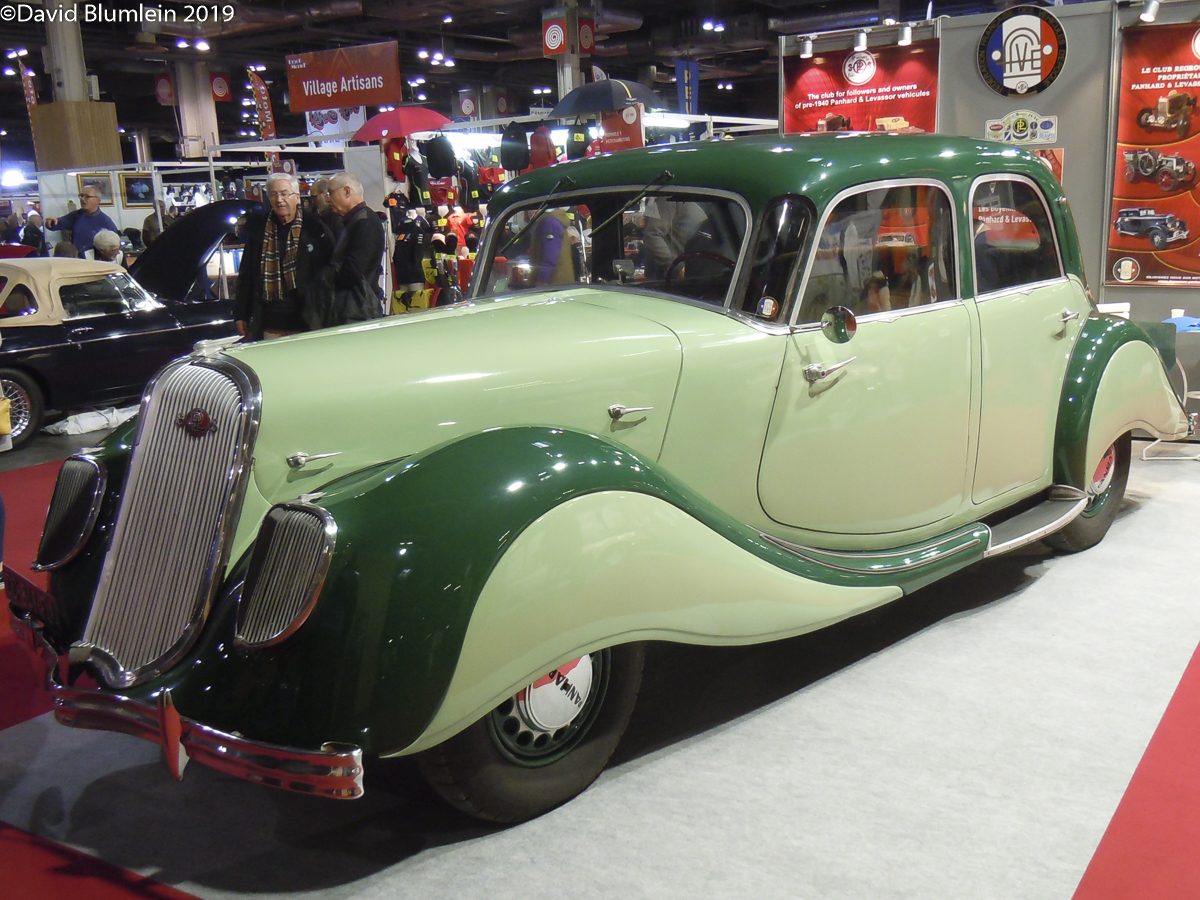
In the Spring of 1936 Panhard introduced a radically new model, the Dynamic. Although it still used a sleeve-valve engine, two six cylinder sizes being offered, it had torsion bar suspension, independent at the front, and a completely new Louis Bionier-designed aerodynamic body with enclosed wheels and, most unusual of all, a central driving position, albeit on the earlier cars.
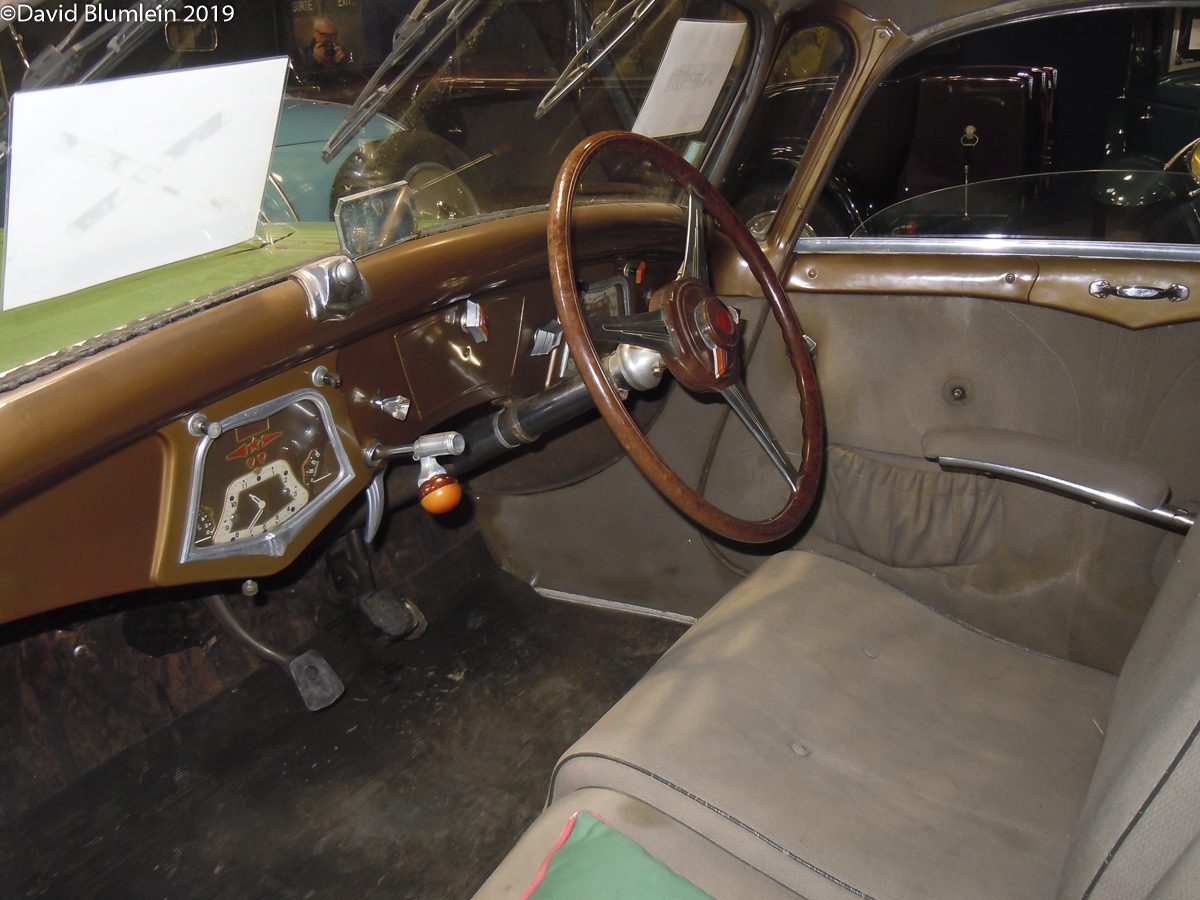
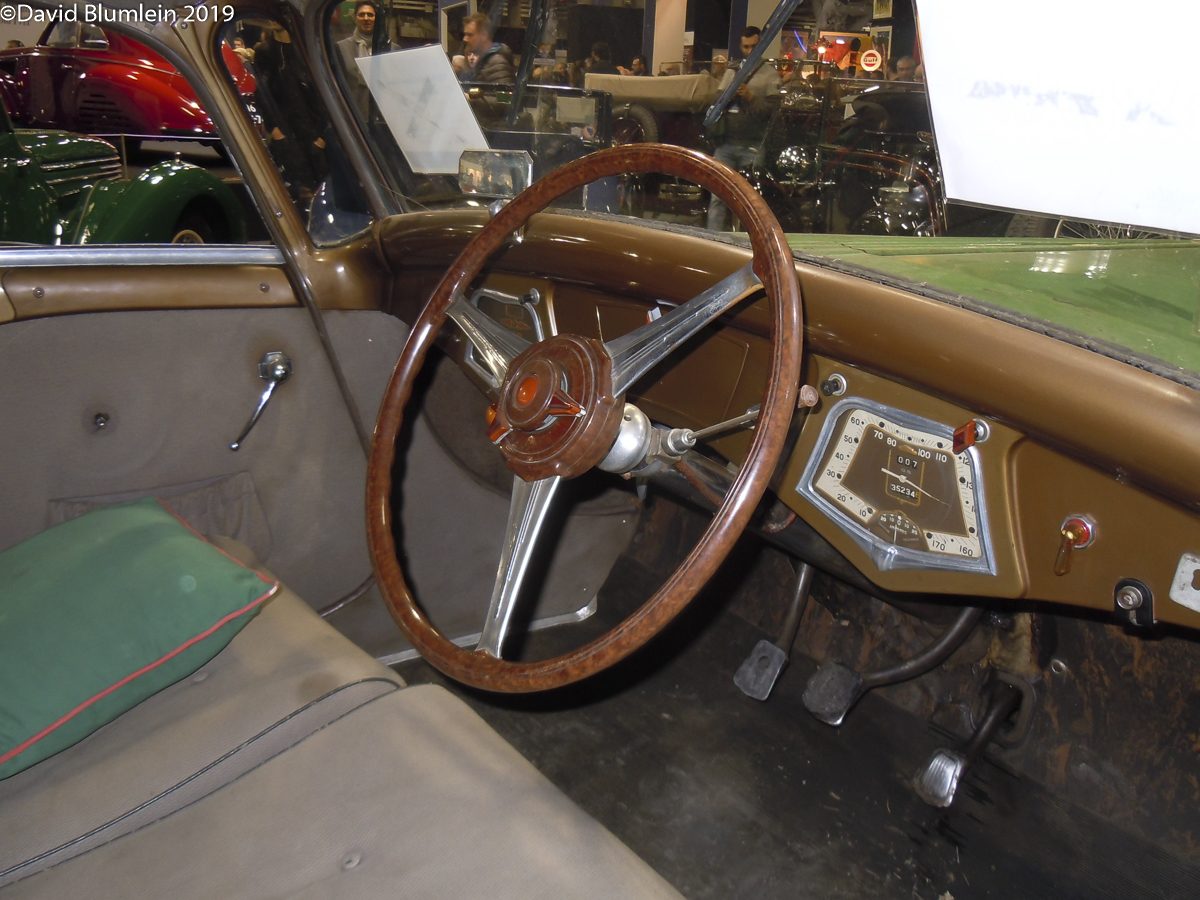
The pictures above show the driving position of one such car dating from 1936; the complete car shown is a 1939 example with the later left-hand drive.
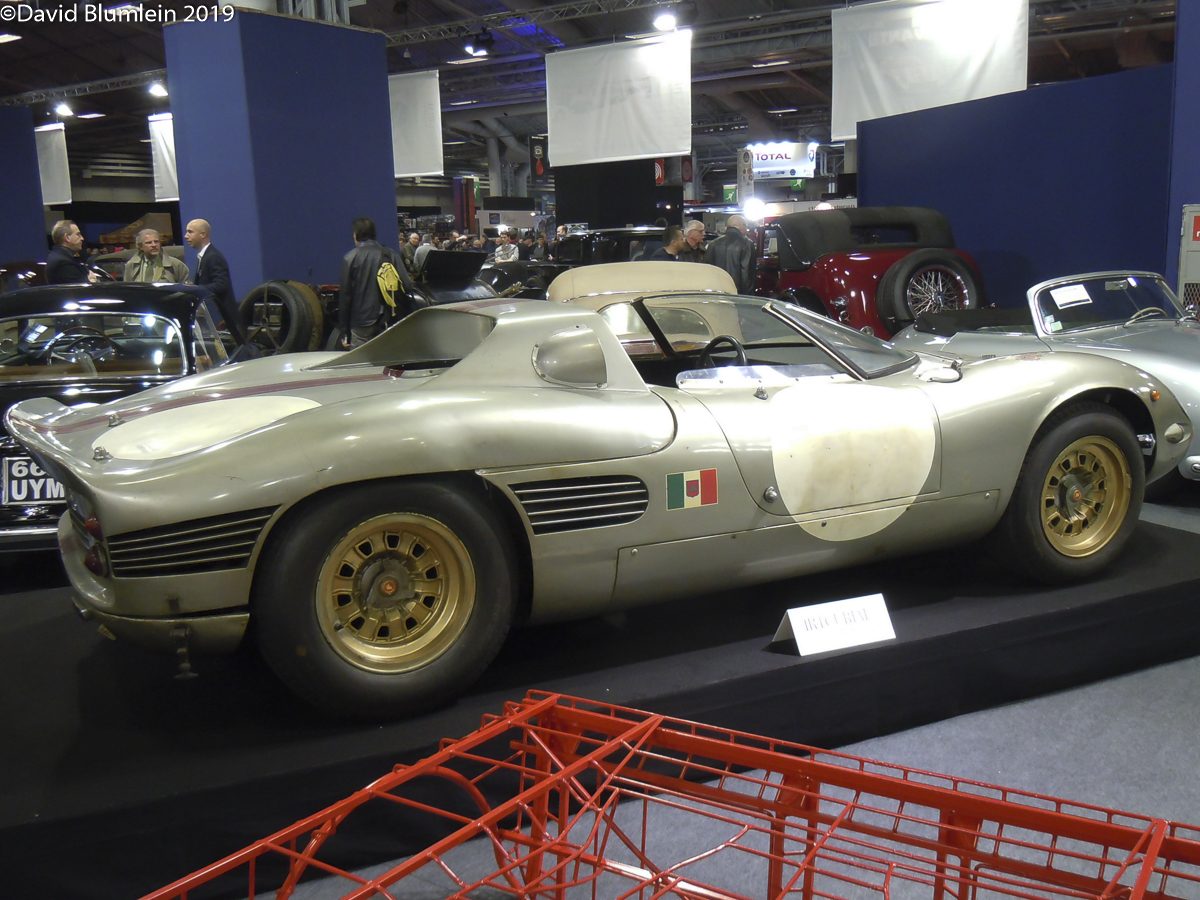
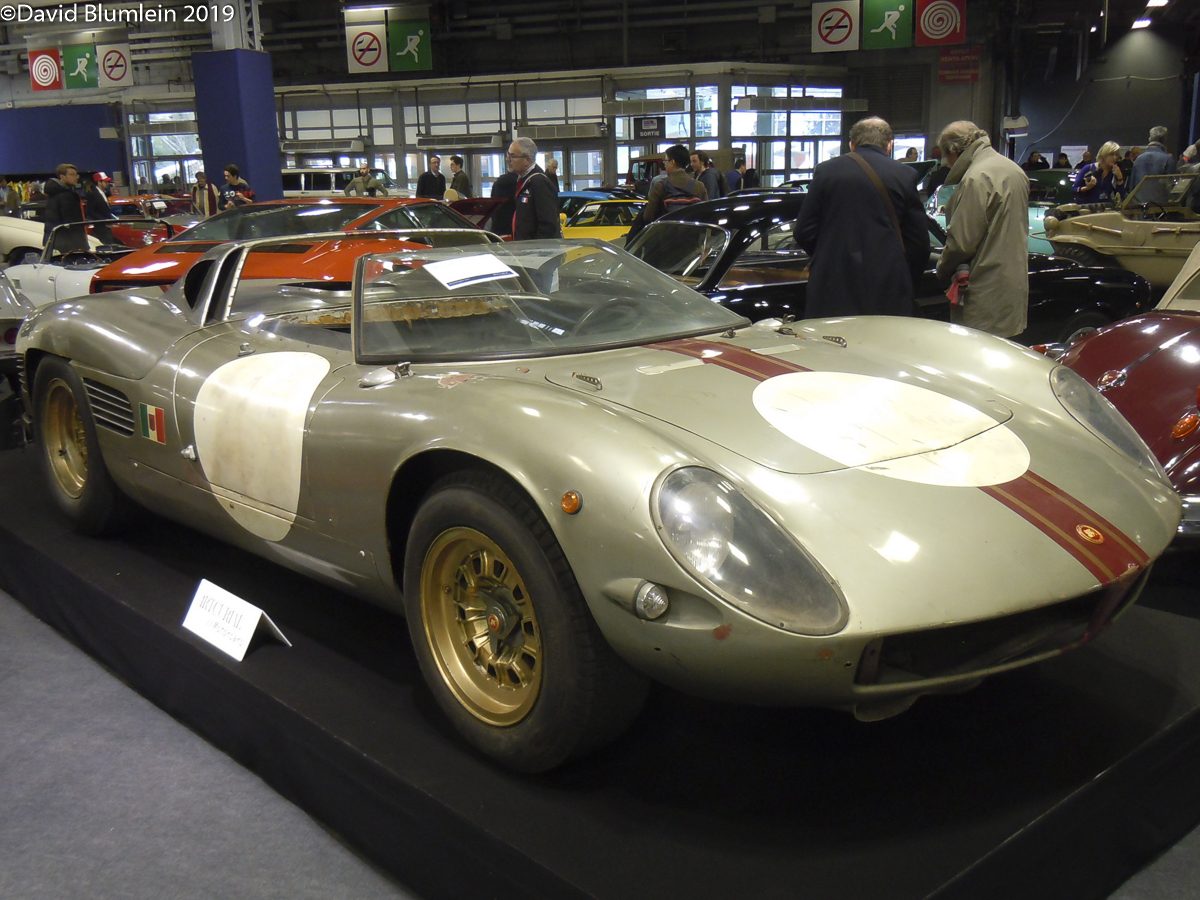
Two views of the Serenissima V8 3-litre that ran at Le Mans in 1966, retiring with gearbox trouble.
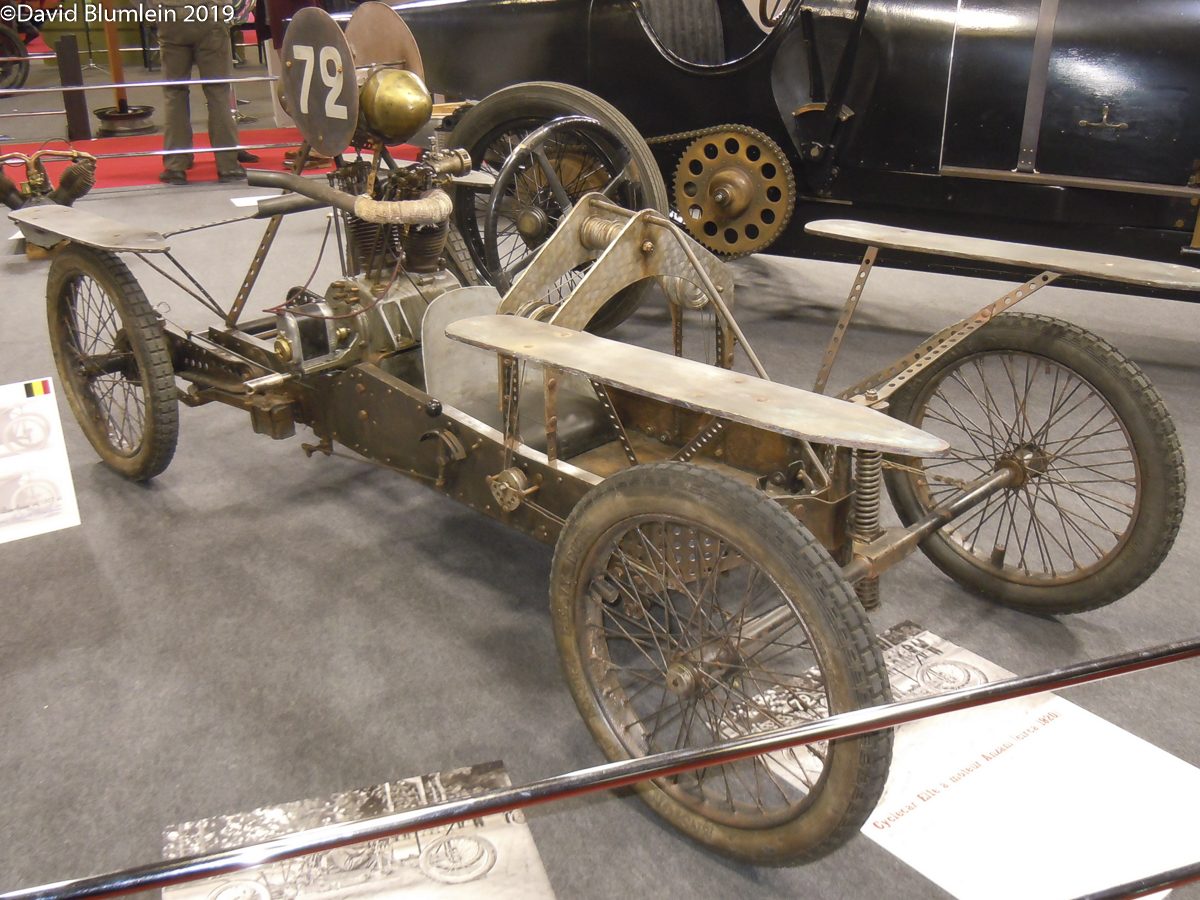
Eugène Mauve, who created the Bol d’Or race in 1922, built and raced the Elfe cyclecar from 1919 to 1921. This is a truthful replica of the version he ran in the Gaillon hillclimb in 1921 – it has a V-twin Anzani engine.
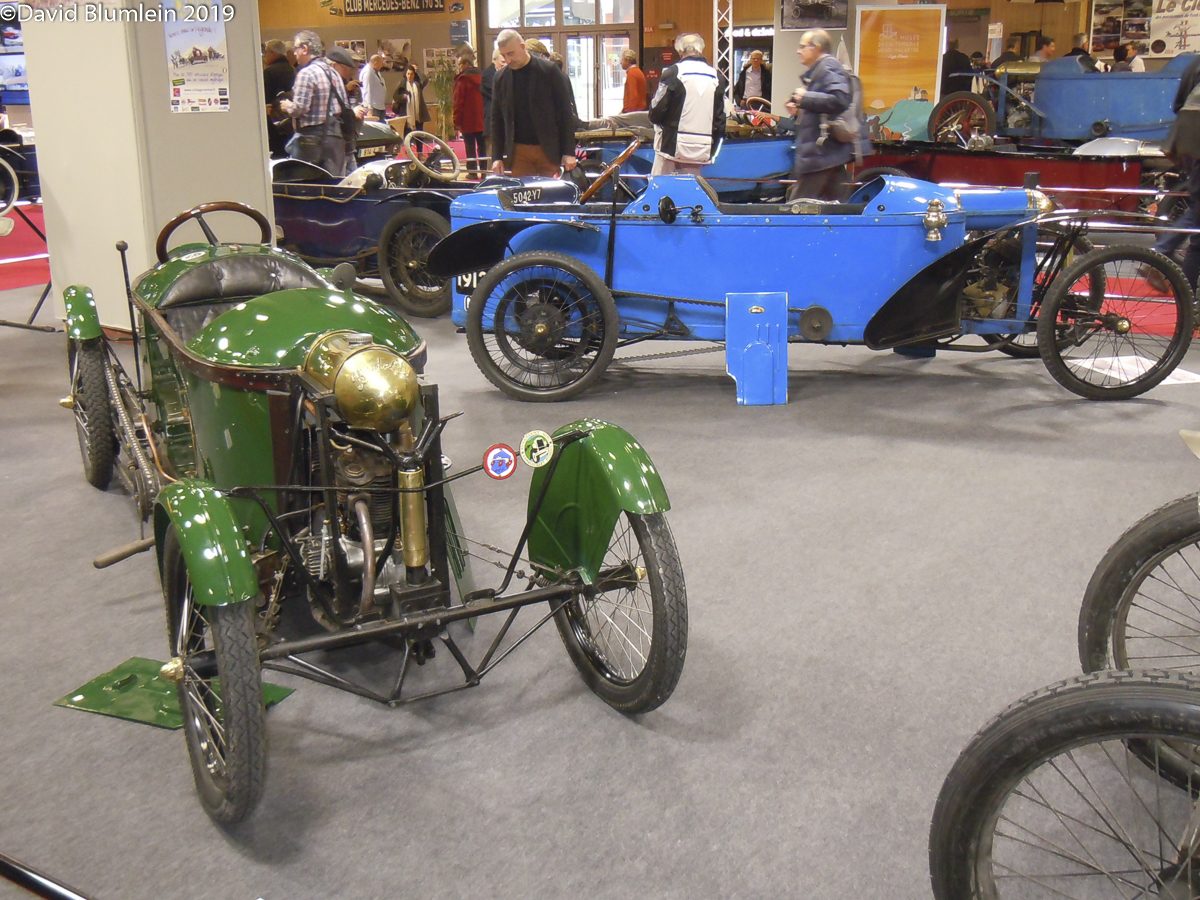
The work of Robert Bourbeau and Henri Devaux, the Paris-built Bédélia was considered the first successful French cyclecar. It was like a wooden coffin on wheels with tandem seating and the driver at the back! Power came from single cylinder or V-twin air-cooled engines at the front driving the rear wheels through enormously long belts.
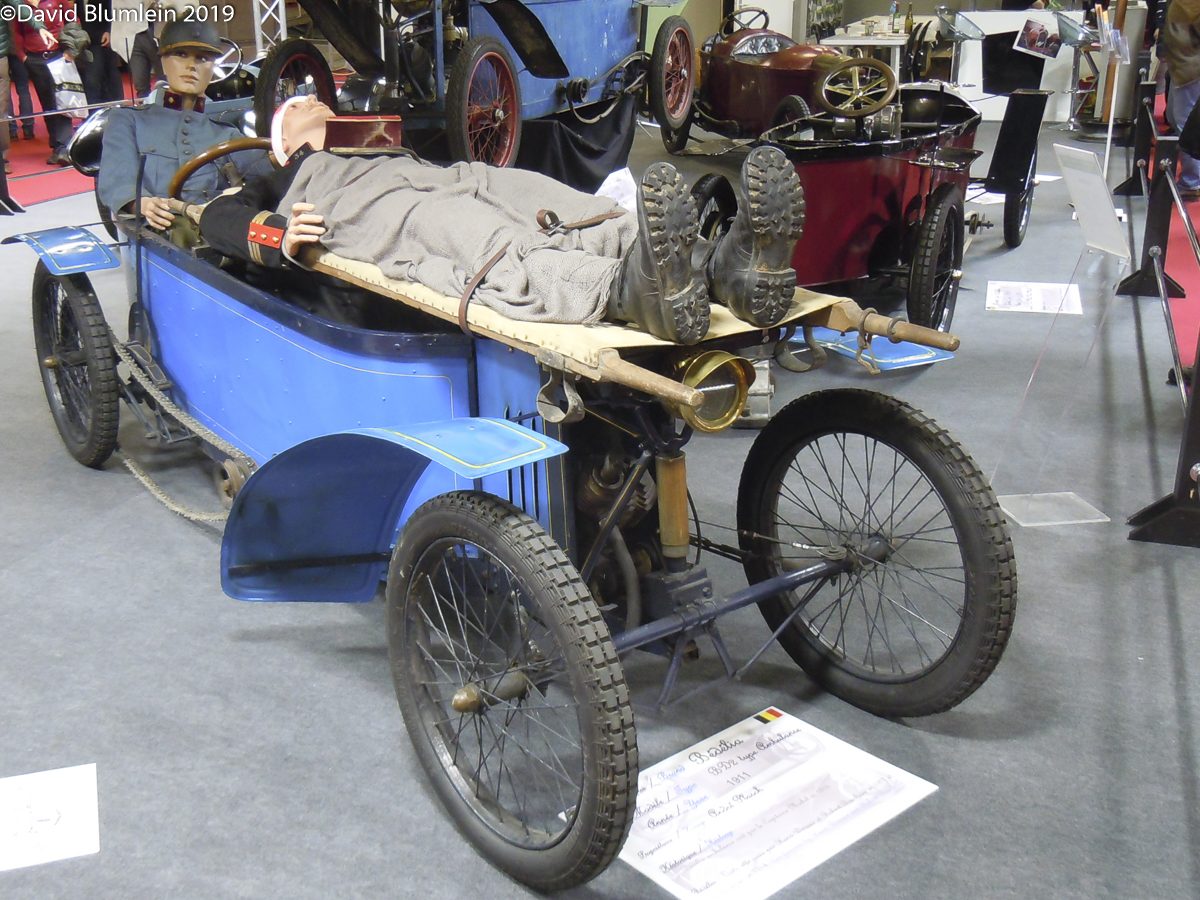
It looked rather crude at first sight but these machines turned out to be surprisingly effective: one of them won the 1913 Cyclecar Grand Prix at Amiens and they were used by the French Army as field ambulances in the First World War.
TAILPIECE
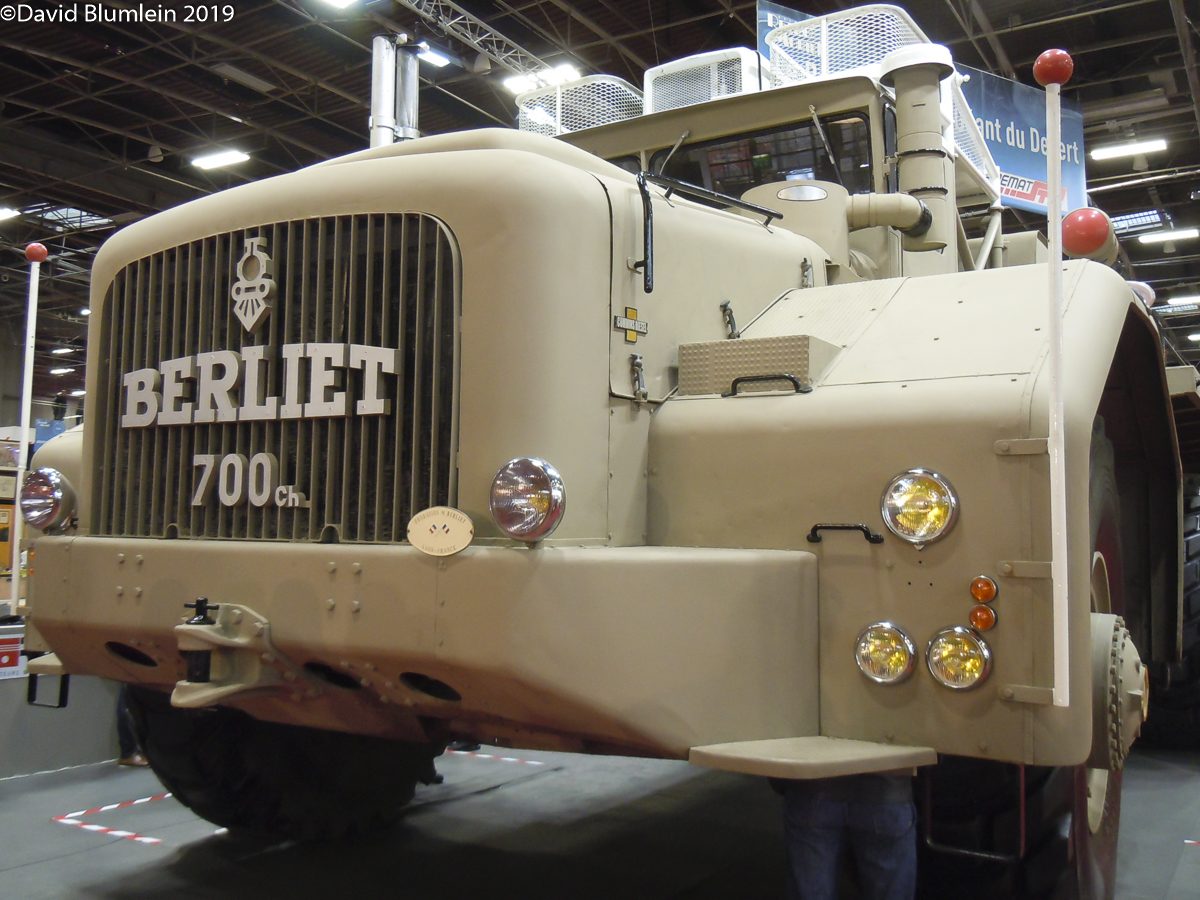
What a Giant! This Berliet T100 is one of two survivors of the four originally made. They were conceived for work in the Algerian desert and the 50 tonne machine has a V12 Cummins diesel. It appeared at the commercial Salon in Paris in 1957 but for this year’s visit it had a journey from the Fondation Berliet (Lyon) of four days on a low-loader trailer hauled by a Volvo FH 16 of 750 h.p.
David Blumlein, March 2019
